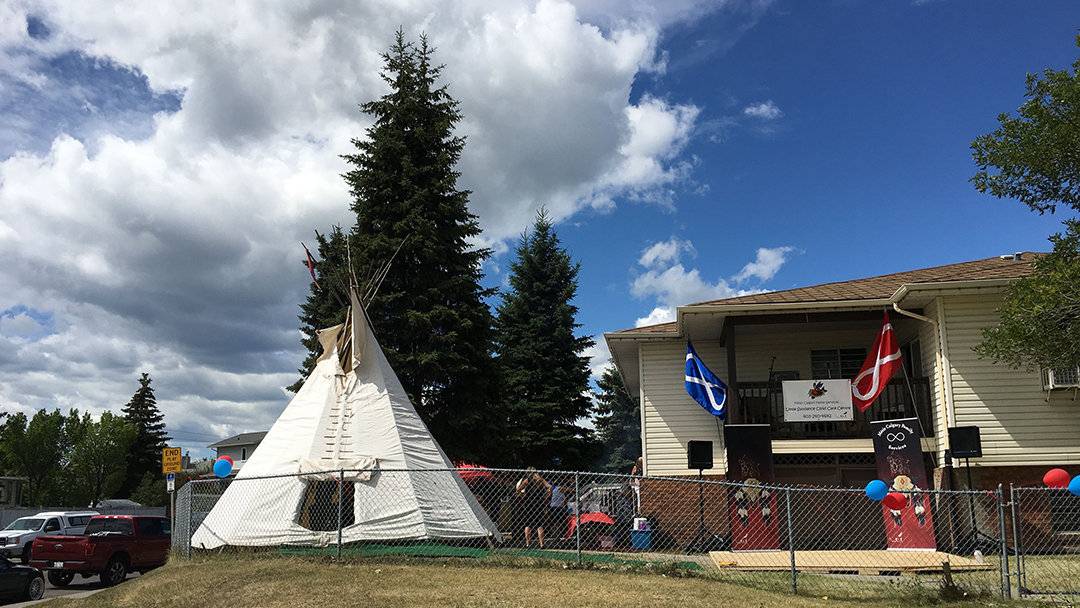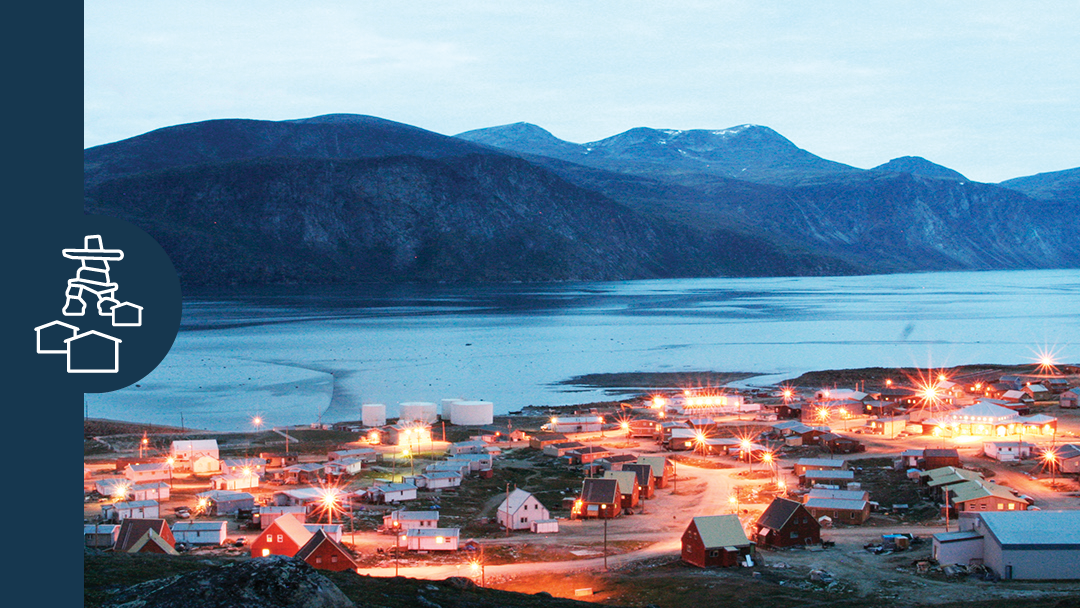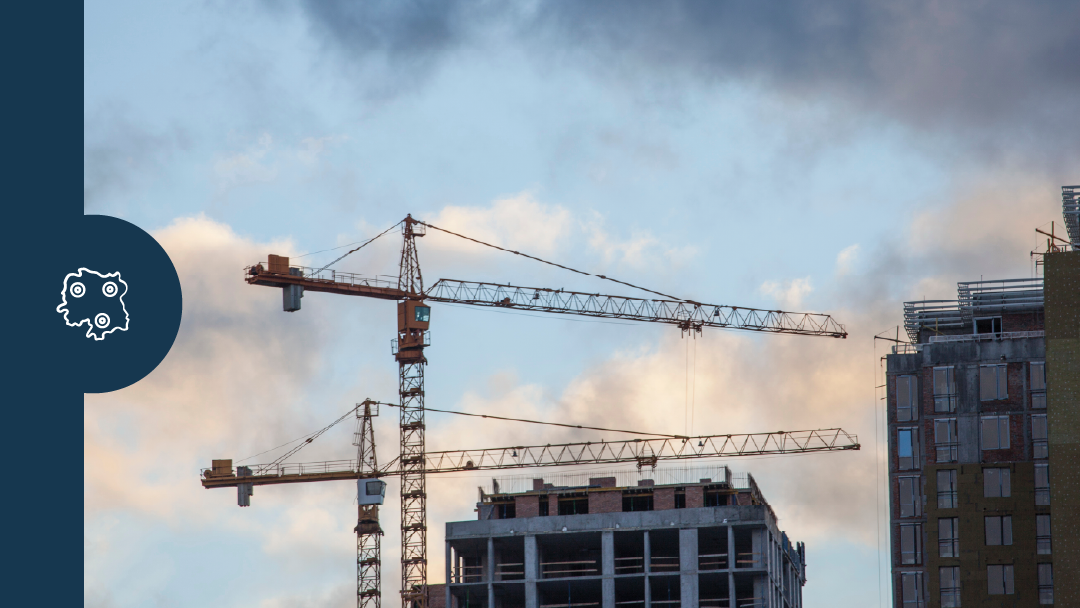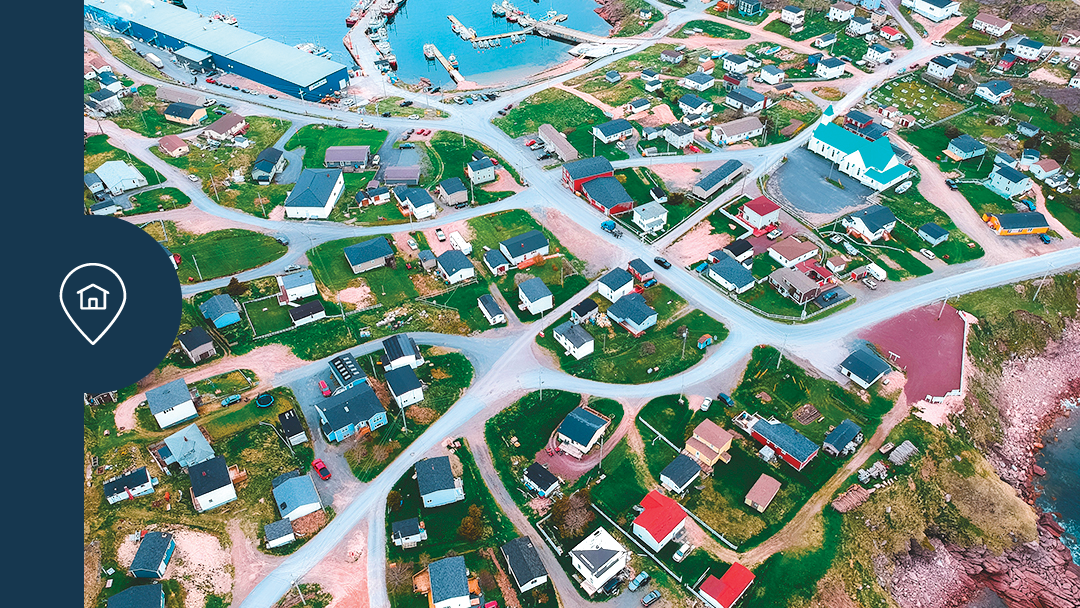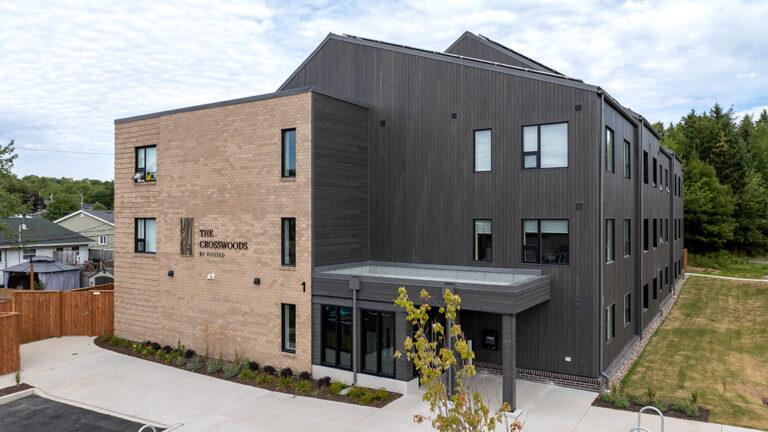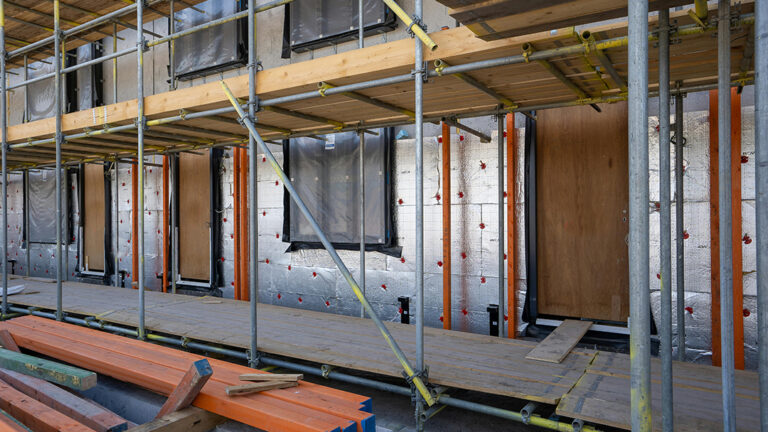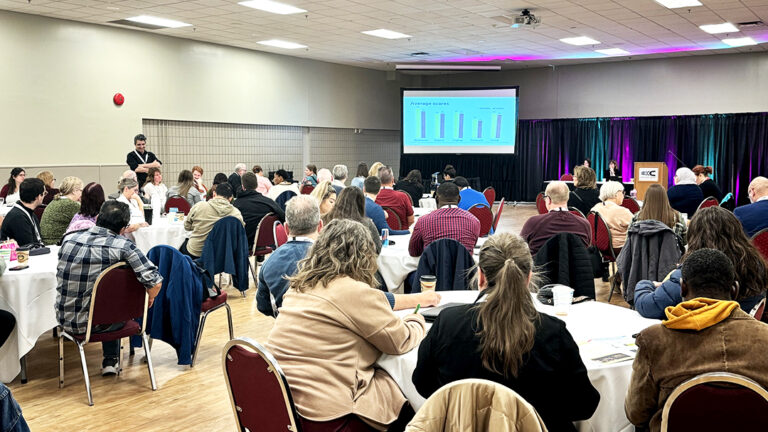With a population exceeding 50,000, Calgary’s urban Indigenous community faces an acute housing crisis rooted in systemic inequities. The lack of culturally grounded housing options, particularly for large, intergenerational families, has led to persistent housing insecurity. Too often, housing initiatives are designed without Indigenous leadership or input, resulting in services that do not reflect cultural realities or lived experiences.
The Metis Calgary Family Services Society (MCFS), a community-based nonprofit founded in 1994, is addressing this gap through the Ke Mama Nnanik project. With support from the Sector Transformation Fund, the organization is building 24 supportive housing units in southeast Calgary, revitalizing underused land they already own and designing the project to reflect Indigenous values and serve community needs. These three-bedroom units are a direct response to the lack of housing for larger Indigenous families. But the project goes beyond building houses; it is about creating homes, rooted in culture, identity, and community.
Rooted in the For Indigenous, By Indigenous (FIBI) approach, the Ke Mama Nnanik Action Plan introduces a new paradigm for Indigenous housing. The plan integrates ceremonial practices, wraparound services, and community stewardship from conception to implementation. Elders, Knowledge Keepers, and Helpers guide every step of the process, ensuring that Indigenous traditions, teachings, and protocols form the foundation of the work.
Creating culturally responsive housing
The Ke Mama Nnanik project prioritizes a holistic vision of housing. In addition to physical units, it embeds cultural, educational, and emotional supports within the housing environment. This includes:
- Family resource centers
- Childcare services
- Parenting programs (e.g., Triple P, Circle of Security)
- One-on-one counselling and cultural supports
- Ceremonial spaces (e.g., Sweetgrass, Pipe, Sweat Lodge, Sundance, Naming and Home Blessing)
- Youth programming and skills training
- Opportunities for cultural engagement and healing
These services address not only housing instability, but the broader social determinants of health: community connection, mental wellness, cultural identity, and economic opportunity.
Community consultations play a critical role in shaping the project. MCFS is hosting ongoing workshops with Elders, families, and stakeholders to gather input on design elements, service needs, and culturally appropriate features. These consultations ensure the project evolves in response to community voices and builds ethical, lasting relationships.
A strategic blueprint for the sector
While local in its delivery, Ke Mama Nnanik has the potential to serve as a scalable model across Canada. It offers an example of how Indigenous-led initiatives can transform systems by embedding culturally grounded principles into every layer of planning, construction, and policy development.
The action plan includes:
- A framework for engaging Indigenous technicians and community animators
- A protocol for respectful cross-sector partnerships
- A process for evaluating success through Indigenous-defined metrics
- A strategy for transferring knowledge and tools to other housing providers
MCFS is also developing formal memoranda of understanding and cultural protocols with sector partners. These agreements institutionalize respectful practices, creating “ethical space” for collaboration between Indigenous and non-Indigenous stakeholders.
Linda Lieu, Program manager, Saskatchewan, Manitoba, Alberta:
“Many housing development plans catering to Indigenous people often exclude Indigenous perspectives, but the Ke Mama Mnanik project really emphasizes the clear need for FIBI development. Having an Indigenous perspective is essential.”

A response to systemic barriers
The need for Indigenous-led housing has been recognized in national reports and strategies, including the Truth and Reconciliation Commission’s Calls to Action. In Calgary, there are only a few Indigenous housing providers, far fewer than needed to meet the demand. As a result, many Indigenous people are served by non-Indigenous organizations. In response, some of these organizations have adapted their programming by hiring Indigenous case managers and peer support workers, and by integrating cultural reconnection activities to help strengthen cultural ties for those they support. Ke Mama Nnanik responds to this reality by embedding leadership and vision within the community itself. As an Indigenous housing provider operating since 2004, MCFS brings not only infrastructure expertise, but also a deep understanding of cultural needs and a track record of trusted engagement.
The project also addresses sectoral imbalances. The current system favors large, well-resourced developers with prepackaged projects. Smaller Indigenous providers face barriers in accessing funding, land, and development expertise. Ke Mama Nnanik demonstrates what is possible when systemic barriers are removed through targeted support and collaboration and when Indigenous providers are equipped with the tools, resources and support they need to lead.
A long-term vision rooted in care
Ke Mama Nnanik is more than a housing initiative, it is a process of reclaiming space, voice, and dignity. By aligning with FIBI principles, the project creates a framework for sustainable, culturally relevant, and community-owned housing solutions.
The action plan is structured to produce both immediate outcomes i.e.housing for families in need and long-term sectoral change. It will transfer practical resources to other organizations, influence policy discussions, and embed Indigenous knowledge in Calgary’s housing landscape.
As the project unfolds, it will offer a living example of how housing development can reflect Indigenous worldviews, prioritize social inclusion, and build systems of care that endure. It is a call to action for governments, funders, and developers to support Indigenous leadership, not as tokenism, but as the foundation for effective, lasting housing solutions.
Ke Mama Nnanik is helping define the future of Indigenous housing, not by following existing models, but by creating its own.
Feature photo : ©Metis Calgary Family Services
